Hsu Wei-hui’s (徐薇蕙) sculptures and installations invite the viewer to question, to challenge and to re-examine gender roles and how ideals of beauty operate to create standards of female perfection. In The Counteroffensives (粉紅逆襲), a must-see exhibition currently on view at Liang Gallery (尊彩藝術中心) until Feb. 28, Hsu ponders the contradictions and conflicts between notions of imagined beauty and the impossibility of living up to an unrealistic expectation that, for many, is all too real. Drawing on her considerable artistic talent, Hsu’s feminine sculptures — dresses, flower petals and kitchen utensils — all made from facial masks, symbolize the human body and the changes it undergoes over time. Guerilla Girls, several installations some of which contains thousands of plastic toy soldiers dressed in patterned dresses and painted hot pink, inverts our stereotypical assumptions about the toys boys play with, and serves as an entertaining and thought-provoking statement about female empowerment.
■ Liang Gallery (尊彩藝術中心), 366 Ruiguang Rd, Taipei City (台北市瑞光路366號), tel: (02) 2797-1100. Open Tuesdays to Sundays from 10am to 6pm
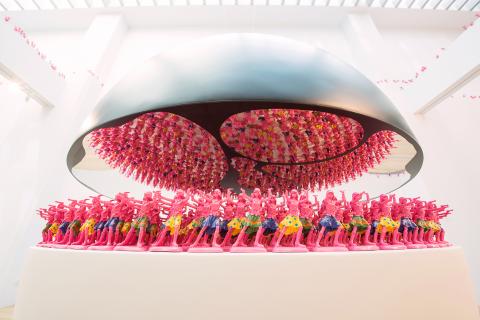
Photo courtesy of Liang gallery
■ Until Feb. 28

Photo courtesy of Liang gallery
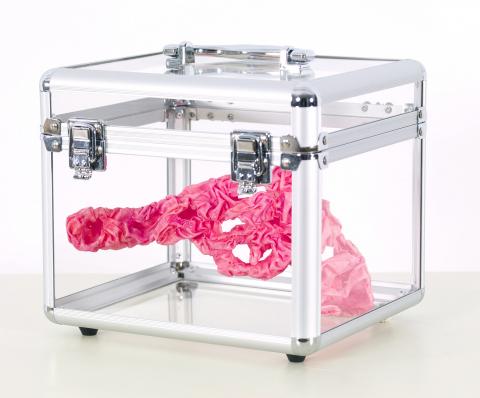
Photo courtesy of Liang gallery
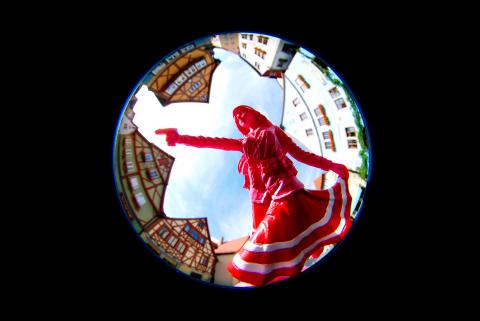
Photo courtesy of Liang gallery
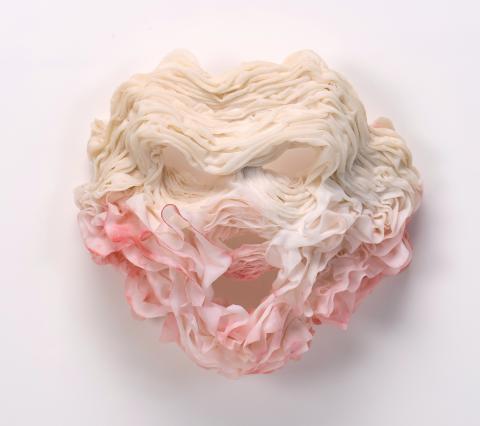
Photo courtesy of Liang gallery
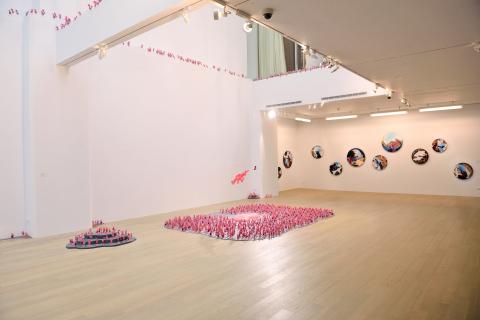
Photo courtesy of Liang gallery
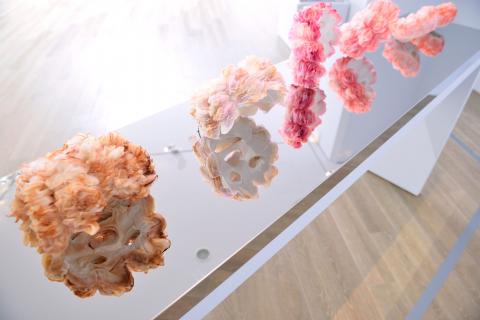
Photo courtesy of Liang gallery

Photo courtesy of Liang gallery

This is the year that the demographic crisis will begin to impact people’s lives. This will create pressures on treatment and hiring of foreigners. Regardless of whatever technological breakthroughs happen, the real value will come from digesting and productively applying existing technologies in new and creative ways. INTRODUCING BASIC SERVICES BREAKDOWNS At some point soon, we will begin to witness a breakdown in basic services. Initially, it will be limited and sporadic, but the frequency and newsworthiness of the incidents will only continue to accelerate dramatically in the coming years. Here in central Taiwan, many basic services are severely understaffed, and

Jan. 5 to Jan. 11 Of the more than 3,000km of sugar railway that once criss-crossed central and southern Taiwan, just 16.1km remain in operation today. By the time Dafydd Fell began photographing the network in earnest in 1994, it was already well past its heyday. The system had been significantly cut back, leaving behind abandoned stations, rusting rolling stock and crumbling facilities. This reduction continued during the five years of his documentation, adding urgency to his task. As passenger services had already ceased by then, Fell had to wait for the sugarcane harvest season each year, which typically ran from

It is a soulful folk song, filled with feeling and history: A love-stricken young man tells God about his hopes and dreams of happiness. Generations of Uighurs, the Turkic ethnic minority in China’s Xinjiang region, have played it at parties and weddings. But today, if they download it, play it or share it online, they risk ending up in prison. Besh pede, a popular Uighur folk ballad, is among dozens of Uighur-language songs that have been deemed “problematic” by Xinjiang authorities, according to a recording of a meeting held by police and other local officials in the historic city of Kashgar in

It’s a good thing that 2025 is over. Yes, I fully expect we will look back on the year with nostalgia, once we have experienced this year and 2027. Traditionally at New Years much discourse is devoted to discussing what happened the previous year. Let’s have a look at what didn’t happen. Many bad things did not happen. The People’s Republic of China (PRC) did not attack Taiwan. We didn’t have a massive, destructive earthquake or drought. We didn’t have a major human pandemic. No widespread unemployment or other destructive social events. Nothing serious was done about Taiwan’s swelling birth rate catastrophe.